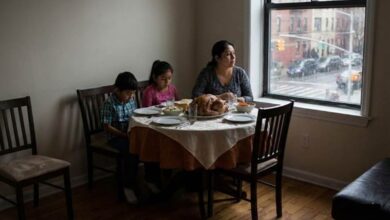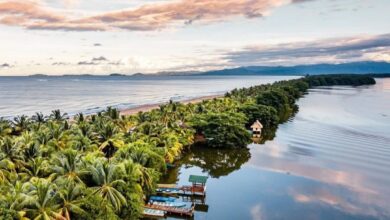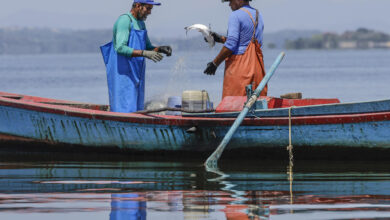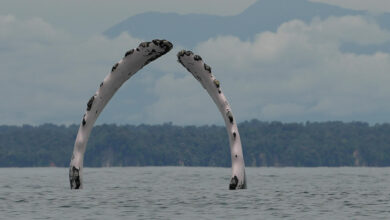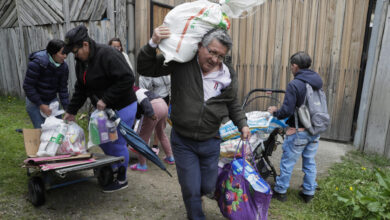Colombia’s Pacific Families Gain Hope as Courts Return Ancestral Lands
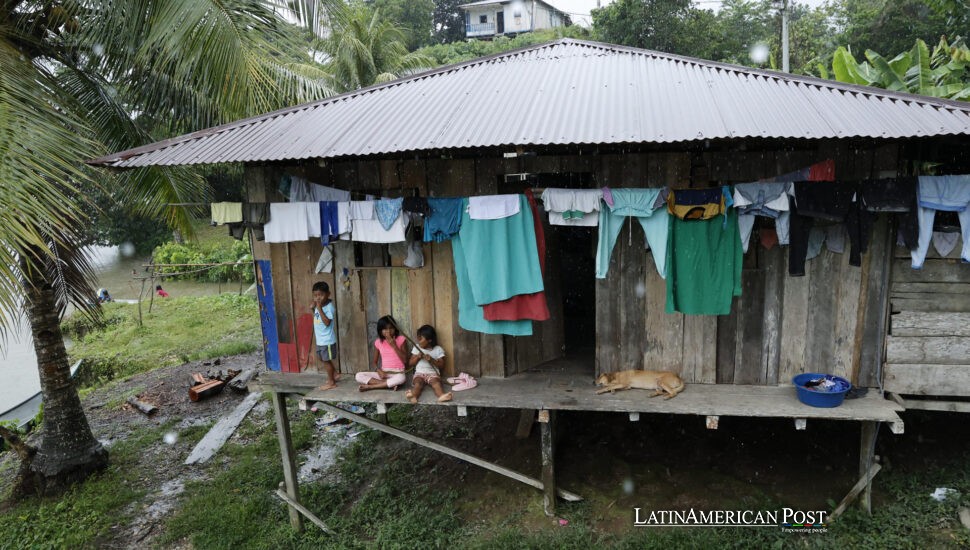
Along Colombia’s storm-lashed Pacific coast, Afro-descendant and Indigenous families who once fled at gunpoint are hearing a new sound—the judge’s gavel. Recent land restitution rulings promise more than deeds; they hint that a nation’s deepest wound may finally start to heal.
Gunfire on the Guapi, Flight Before Dawn
The first rounds cracked the night like dry branches. Weimar Ocoro had just cleared the dinner plates when masked men pushed through the clearing that separates the jungle from the riverbank. “They were looking for someone—maybe all of us,” he remembers. Within hours, the family’s wooden stilt house stood silent, a single lamplight still swinging over half-finished homework. At sunrise, a dugout canoe slid toward the estuary, its passengers carrying blankets, two sacks of cassava, and questions no one could answer. That was 2011.
Stories like Ocoro’s stretch across Cauca and Chocó. The National Center for Historical Memory estimates seven to ten million hectares changed hands during Colombia’s long war—land swapped for fear, titles surrendered to silence. Academic panels at the Latin American Studies Association trace the chain reaction: cocaine profits buy weapons, weapons seize farms, displaced farmers crowd river ports, and new coca plots appear. When President Juan Manuel Santos signed the 2011 Victims and Land Restitution Law, entire river valleys were ghosted.
When Territory Becomes the War
For Afro-descendant councils along the Pacific, the land is not real estate but an archive, altar, and pantry. Elders cite 17th-century maroon settlements—free towns founded by people who escaped colonial mines—to explain why every bend of the Guapi River carries a surname. Yet prosperity attracted predators. In the late 1990s, paramilitary columns moved south, guerrillas fortified ridgelines and an underworld auction for coastline corridors began. El Espectador chronicled the pattern: one night of gunfire, then a long exodus of empty schoolrooms and weed-choked cacao groves.
The 2016 peace accord with FARC was supposed to end that script. It did, partly. Guerrilla fronts dissolved, but splinter groups, traffickers, and new militias filled the vacuum. The International Committee of the Red Cross, in its 2023 bulletin, warned that humanitarian indicators along the Pacific were worse than before the treaty. President Gustavo Petro’s promise of “total peace” hangs in that uneasy air—heard in speeches, felt less in river villages where armed patrol boats called pirañas still churn brown water.
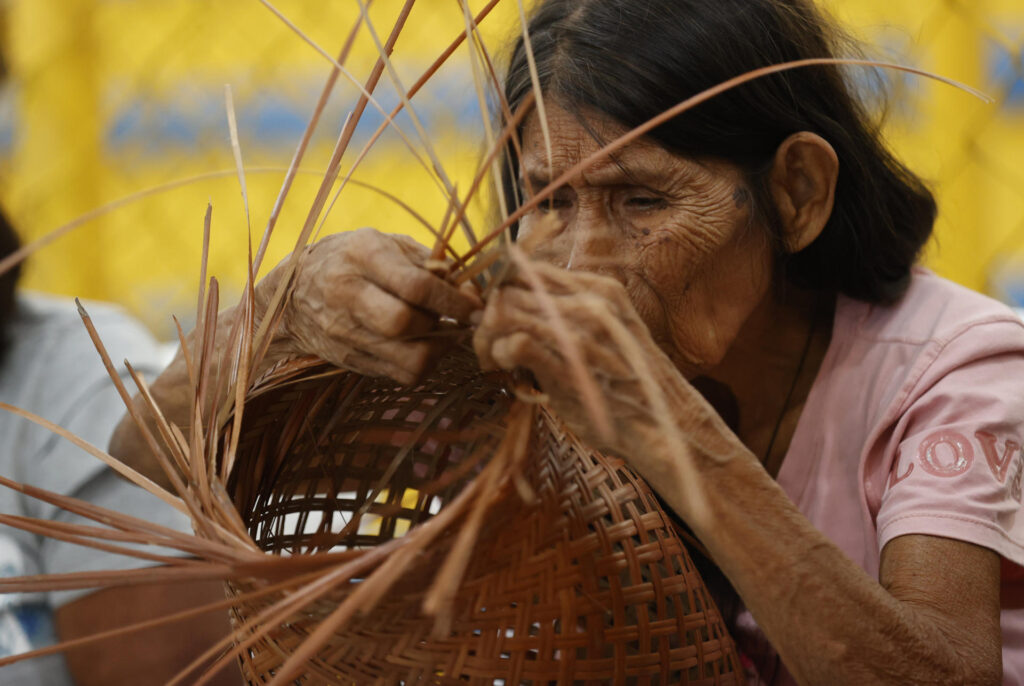
A Judge’s Signature—and Forty-Four Thousand Hectares
March 2026 delivered a different kind of thunder.
A specialized land-restitution court in Popayán awarded 44,200 hectares—an area twice the size of Buenos Aires—to the Afro Community Council of Guapi Abajo, sixteen settlements braided along the river. Government envoy Giovanni Yule arrived by navy launch to read the ruling beneath corrugated eaves: roads, clinics, seed banks, and legal titles. Children who had only known rumor suddenly watched adults applaud paperwork. “We fought eleven years for this paper,” Ocoro said, folding the decree as carefully as a baptismal gown.
Attorney Guillermo Alberto Coronel of the Land Restitution Unit told EFE that Cauca courts issued just two such sentences in the law’s first decade; four have come in the last six months, totaling 92,000 hectares returned to Afro and Indigenous claimants. Bureaucracy remains glacial—survey crews must travel by boat, and military escorts cost scarce funds—but Coronel insists momentum has finally outrun fear.
Nearby, the NASA reserve of Nueva Bellavista received 42 hectares for 40 families. Ex-governor Jacinto Mocho wiped the rain from his brow and spoke of fifteen years in exile: “The river was ours, but the bullets said otherwise. Maybe now the fish will hear our paddles again.”
Hope between Verdict and Reality
A legal victory is not a harvest.
Ocoro’s chainsaw rests idle because illegal curfews—posted on trees by unknown factions—still forbid timber work after dusk. A fisherman from neighboring Nariño, now sheltering in Nueva Bellavista, whispers that recruiters came for his teenage son; they fled the same night. Coca crops continue to climb, according to UN ODC figures, feeding the very groups the rulings hope to dislodge.
Yet something has shifted. Schoolteachers plan to reopen classrooms on land their grandparents once cleared. Women’s collectives map cacao nurseries promised in the judgment’s development package. “The State strolls,” Ocoro concedes, “but this time, it left footprints we can follow.”
Implementation could span a decade, admits Coronel, but each survey marker hammered into river mud is a small anchor against future displacement. Scholars who study Colombia’s conflict often note that violence grows where titles are vague and futures uncertain. Clear deeds, they argue, are a kind of cease-fire written into the soil.
For now, evenings on the Guapi carry an unfamiliar calm: frogs louder than engines, no sudden orders to extinguish kerosene lamps. Ocoro’s youngest daughter, born the year they fled, practices her letters on a wooden bench overlooking the water. She writes her surname first, then the community’s—proof on the page that both, at last, belong in the same place.
Also Read: Uruguay’s Bold Disposable Vapes Ban Boosts Environmental Awareness
Sources: field interviews with Wveimar Ocoro, Jacinto Mocho, and Giovanni Yule for EFE (2026); displacement data from Colombia’s National Center for Historical Memory; conflict analyses in Latin American Studies Association conference proceedings (2024); coverage in El Espectador (2011–2025); ICRC humanitarian report on Colombia (2023); land-restitution statistics provided by Colombia’s Land Restitution Unit (URT) March 2026.

